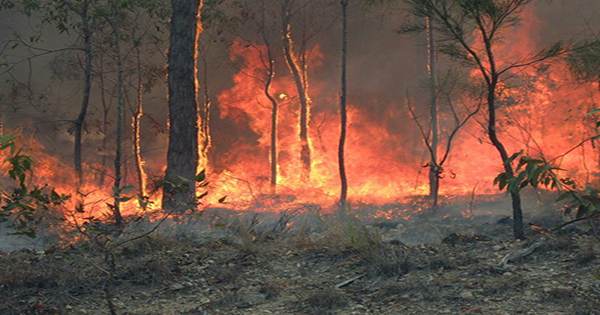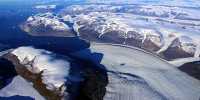Siberia’s “gateway to the underworld” continues to grow in line with another on-brand move for 2020 as the region continues to be affected by climate change and wildfires. Officially known as the Batagaika mega slump, a 1-kilometer-long (0.62-mile) slash of the landscape can be found in the Siberian Sakha Republic in the eastern depths of Russia. Prior to the 1960s, the tadpole-shaped crack was slightly larger than a single shot, but the tear that has spread in the region over the decades has spread at an alarming rate.
If permafrost melting occurs on a mountain covered by a current, it can cause landslides and result in a kind of Arctic landmass. It is found throughout the Siberian Arctic, but nothing more is pressed than the Batagaika. Locals have called the mega slump the “gateway to the underworld” because of its imposition and the presence of other terms. Megaslump has razed a lot of land in the last 60 years, including some of the indigenous Siberian holy sites, but it has given scientists many unprecedented insights.
A 2013 study found that expanded megaslump are churning the soil and buried forests that have been icy and locked for 200,000 years, allowing scientists to study Earth’s climate in the blink of an eye. According to NASA, Batagaika has uncovered a number of ancient animals, including a Pleistocene horse, prehistoric steppe bison, cave lion, and wolf.
As the temperature continues to crop upwards in this region, the ice water melts away from the sediment and expands its groove in the landscape. The situation has become more serious this summer. The recent temperature in the Siberian Arctic was 10 degrees Celsius (18 degrees Fahrenheit) higher than in June. A weather station in Verkhoyansk in south June raised the temperature to 38 degrees Celsius (100.4 F) on 20 June.
Researchers are now wondering how this summer could affect the Batagaika meglamp. Over the past few decades, the hurricane has advanced about 10 meters per year, but the rate has increased from 12 to 14 meters per year, the warmest year on record. Although it has not yet been proven, it is a fairly safe bet that the rate at which the expansion of the Batagaika megaslamp has increased will accelerate further after this unreasonably hot year, as Science reports.
Just to add to the apocalyptic vibe in this region, in recent memory, huge areas of eastern Siberia have been hit with some horrific wildfires. Grigory Kuksin, Wildfire Unit Head of Greenpeace Russia, said in a statement, “Russia’s vast Siberian region has warmed much faster than any other planet on Earth and has become a climate hot spot.”Extreme heatwaves, oil spills, permafrost waters, and forest fires have already erupted this summer – what will happen before we finally work on the climate?”












